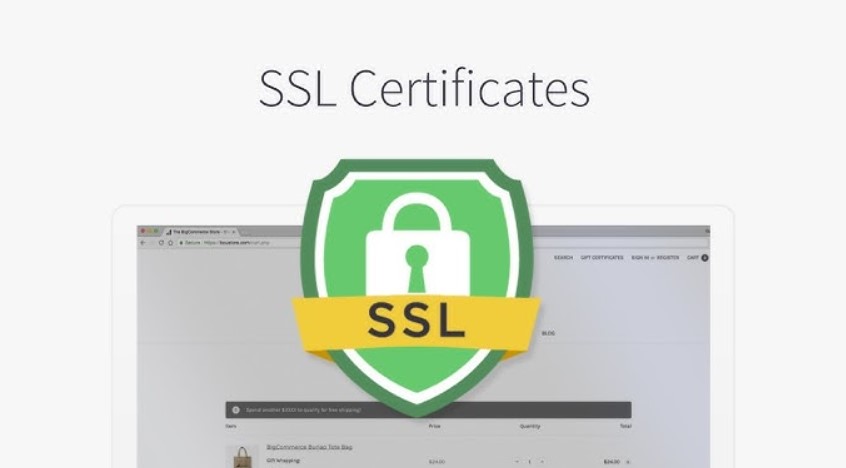Introduction
In the digital world, securing online communication is vital, ssl monitoring and that’s where SSL (Secure Sockets Layer) comes into play. SSL is a security protocol that encrypts data between a user’s browser and a web server, ensuring that sensitive information, such as passwords and credit card details, are transmitted safely. Monitoring SSL certificates is essential to avoid downtime, ensure security, and maintain trust with your users. In this guide, we’ll walk you through the basics of SSL monitoring and its importance.
What is SSL Monitoring?
SSL monitoring is the process of keeping track of the status and validity of your ssl monitoring. It ensures that your SSL certificates are up-to-date, working correctly, and providing the encryption necessary for secure communication. Monitoring involves checking certificate expiration dates, encryption strength, and whether your certificates are properly installed.
Why SSL Monitoring is Important
- Avoid Expired Certificates: An expired SSL certificate can cause your website to lose credibility. Users will receive warnings, and search engines may mark your site as unsafe, leading to a drop in traffic.
- Maintain User Trust: SSL certificates provide a visual cue (like the padlock symbol) that lets users know your website is secure. Losing this due to a certificate error can impact user trust.
- Compliance with Regulations: Many industries have strict data protection standards that require SSL encryption. Regular SSL monitoring helps ensure you’re compliant with these regulations.
- SEO Benefits: Search engines like Google favor websites with SSL encryption, which can result in better search rankings. However, if your certificate expires, your SEO efforts may be negatively affected.
How Does SSL Monitoring Work?
SSL monitoring services or tools continuously check your SSL certificates and alert you when any issues arise, such as:
- Expiration Dates: These tools remind you when a certificate is nearing its expiration date, giving you time to renew it before it lapses.
- Certificate Validation: Ensures that your SSL certificate is installed correctly and recognized by all major browsers.
- Revocation Checks: Some certificates may be revoked due to issues like compromised private keys. SSL monitoring can check the revocation status.
- Vulnerabilities: Tools often provide security checks to ensure that your SSL configuration is strong and not vulnerable to attacks like the Heartbleed bug.
Steps to Get Started with SSL Monitoring
1. Choose an SSL Monitoring Tool
There are several tools available for SSL monitoring, both free and paid. Some popular options include:
- UptimeRobot: A free tool that checks your SSL certificate and alerts you when it’s about to expire.
- SSL Labs: A service that analyzes your SSL certificate and gives you a detailed report on its health.
- Nagios: A powerful monitoring tool that can be configured to monitor SSL certificates alongside other server components.
2. Set Up Monitoring
After selecting the tool, the next step is configuring it for your website. This typically involves:
- Adding your domain name to the tool.
- Setting up alerts (via email, SMS, or other methods) for when your certificate is nearing expiration or other issues arise.
- Configuring the frequency of checks (daily, weekly, etc.).
3. Monitor Expiry Dates and Configuration
Regularly check your SSL certificate’s expiry date and make sure it’s configured correctly. Some tools offer an easy-to-read dashboard where you can see all this information at a glance.
4. Automate SSL Renewal
To avoid the hassle of manually renewing SSL certificates, consider automating the process. Services like Let’s Encrypt offer automatic certificate renewal, ensuring that your SSL certificates are always up to date.
Common SSL Monitoring Mistakes to Avoid
1. Neglecting Subdomains
If your website has multiple subdomains (e.g., blog.yourwebsite.com), don’t forget to monitor the SSL certificates for those as well. A wildcard SSL certificate can help cover all subdomains.
2. Ignoring Browser Compatibility
Ensure that your SSL certificate is recognized by all major browsers. Some certificates, especially older ones, may not be trusted by newer browser versions.
3. Failing to Monitor Multiple Certificates
If you manage several websites or services, you likely have multiple SSL certificates. Failing to monitor all of them can lead to expired certificates slipping through the cracks, causing disruptions.
Conclusion
SSL monitoring is an essential part of maintaining your website’s security, credibility, and search engine rankings. By actively monitoring your SSL certificates, you can avoid costly mistakes, ensure compliance, and build trust with your users. Start by choosing the right monitoring tool, setting up regular checks, and automating renewals for a seamless, secure online presence.
Make sure to incorporate SSL monitoring into your overall website management routine to ensure your site’s security remains top-notch.


